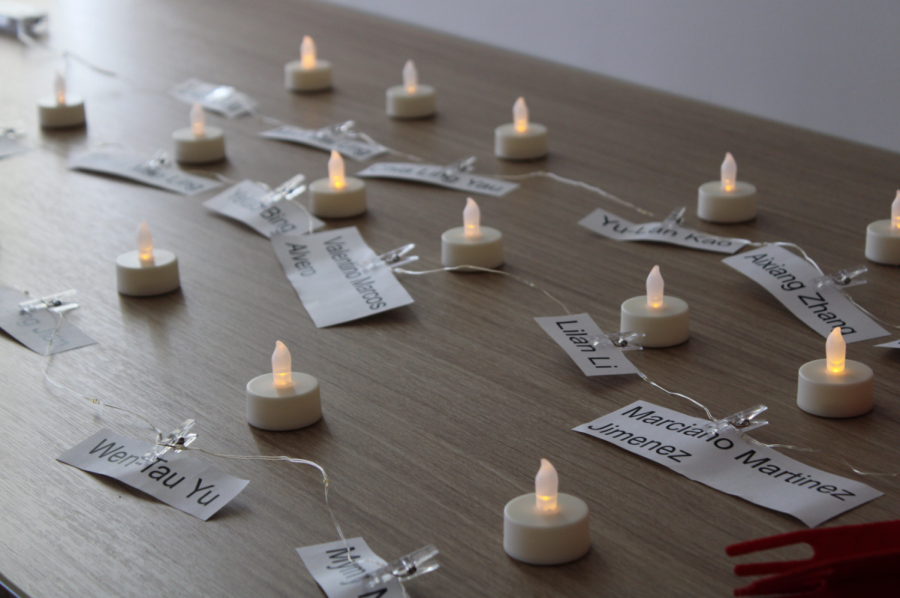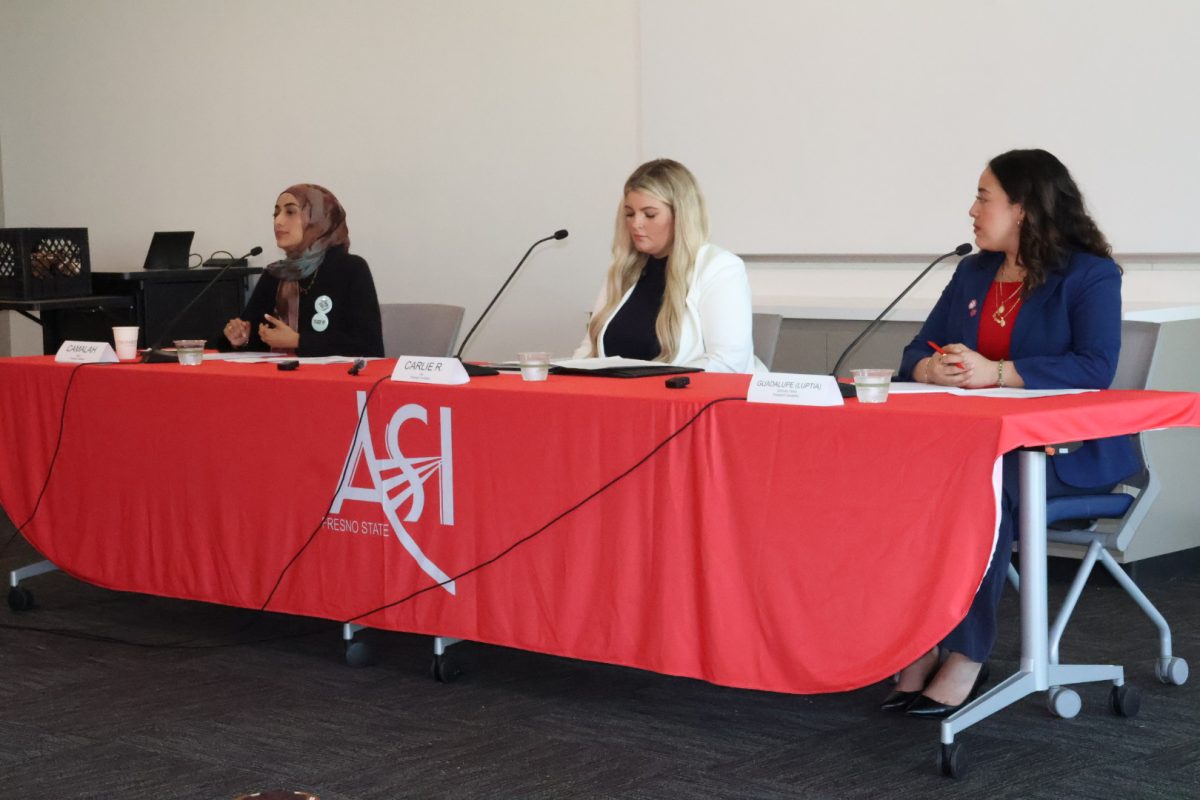Lunar New Year at Fresno State honors lives lost in recent mass shootings
Feb 5, 2023
Kathy Moua, Cross-Cultural and Gender Center coordinator for Asian Pacific Islander and American Indian Programs and Services, began the Lunar New Year event with a moment of silence for the 18 people who were killed in the two mass shootings that occurred last month in California.
“We want to recognize that this past weekend there were two mass shootings that highly affected the Asian American community of Monterey Park and at Half Moon Bay. Where there should have been celebrations for the Lunar New Year, [but] there were instead fear and tears,” said Moua.
On Jan. 27, the CCGC invited students to celebrate Lunar New Year, an annual tradition in Asia that recognized the beginning of a lunar calendar, at the Resnick Student Union (RSU).
It is also a nationally celebrated event in the United States, but on Jan. 21, a gunman killed 11 people and injured nine others in a Monterey Park dance studio, during Lunar New Year’s Eve. Two days later another, unconnected shooting killed seven at two nearby farms in Half Moon Bay.
Dayeon Moon, who also goes by Luna and is student coordinator for CCGC’s Asian Pacific Islander Programs and Services, had already planned the Lunar New Year celebration three months in advance alongside Moua.
However, in response to recent tragic events, Moua and Moon created a space to honor individuals who lost their lives. In this space, a number of artificial tea lights accompanied the individual’s names.
“We were wondering if we should or shouldn’t do it, but we decided we should go ahead and push forward to honor the lives and along with that, a new year, [and] a new beginning,” Moua said.
Lunar New Year is an event celebrated across Asian countries, marking the beginning of the lunar calendar. China, Vietnam, South Korea and Singapore are some of the few countries that observe the event. China, however, also celebrates the Chinese Zodiac with this event; this year marking the Year of the Rabbit. Different traditional foods and activities vary from country to country to celebrate the holiday.
In Room 207 of the RSU, celebration ensued. The room had been divided into seven stations, with students encouraged to participate in the different activities at each station.
The first station included a photo booth that had students utilize festive props.
“I think it’s really interesting especially [for] someone that’s like coming from outside of the culture perspective. You don’t realize how intertwined [or] how much culture is in Fresno and inside the community until you’re actually a part of it,” said Andy Cabrera, one of the student volunteers working the photo booth.
“Being able to just be here and see from the photo booth where I’m seeing everyone, different people just come here and celebrate, then the shrine, is really cool and honors people that have been part of the community,” he added.
Another of the seven stations included a Korean folk game which involved the player handling four two-sided wooden sticks. On one side of the sticks were engraving, with the other side blank. Players were encouraged to challenge the station leader on who can land the sticks engraving-side up, with whoever doing so after a certain amount of times is the winner.
In the middle were stations that encompassed Chinese traditions like Hongbao (the red envelope) and fortune telling based on participants’ Chinese Zodiac. The Hongbao was modified to incorporate handwritten notes instead of the tradition of including money.
Students could then get in touch with their artistic side and design a handmade lantern, with markers and stickers provided.
One of the last stations invited students to try out traditional foods provided by Aurum Standard Foods. Amongst the variety of food were sesame balls, traditional Korean cookie Yakgwa, and a rice sponge cake.
Moon tells The Collegian that the big turnout was unexpected.
“I just feel like the Lunar New Year is the essence of East Asian culture. Holding these events on this campus will be really important, because there is an Asian population [on campus] and we have to represent them,” she said.
She also noted how it’s necessary to celebrate Asian cultures in the Valley itself.
“I’m just really happy that this event is [being] held in Central Valley because personally I think the Central Valley has a low representation of Asian [communities], especially, Korea, China, Vietnam, and Japan; because those populations are usually in [the] Bay Area or LA. The Valley is not really that kind of thing, [so] I’m really happy that we can hold [this event] because it represents all Asian [communities],” Moon said.







